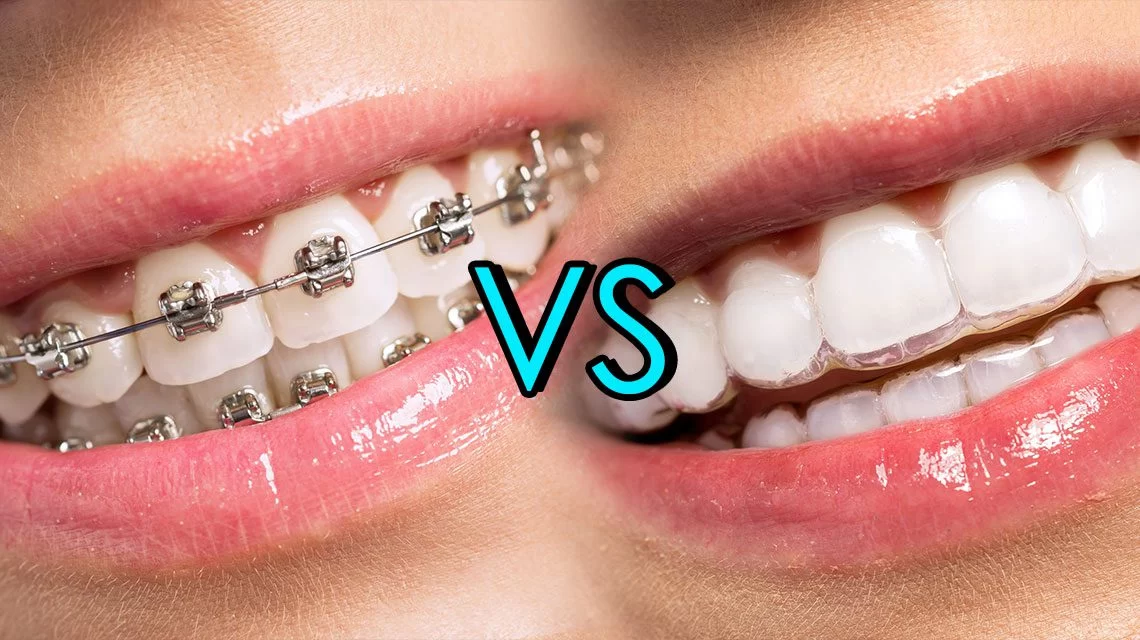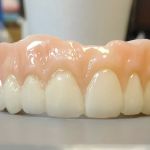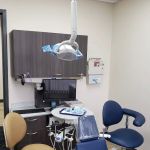
Invisalign vs Traditional Braces: Which One is Right for You?
- What are Invisalign and Traditional Braces?
- Pros of Invisalign
- Pros of Traditional Braces
- Cons of Invisalign
- Cons of Traditional Braces
- Real-World Case Comparison
- Which Option is Right for You?
What are Invisalign and Traditional Braces?
Invisalign and traditional braces are both popular orthodontic treatments designed to straighten teeth, but they work in very different ways. Traditional braces consist of metal brackets and wires that gradually move teeth into place. In contrast, Invisalign uses a series of clear, removable aligners that shift teeth into alignment over time. Each treatment has its unique benefits and limitations.
Pros of Invisalign
Invisalign has rapidly become a preferred treatment option for people seeking a discreet and comfortable way to straighten their teeth. Some of the key advantages include:
- Discreet Appearance: Invisalign aligners are virtually invisible, making them an ideal choice for people who want to straighten their teeth without drawing attention.
- Removable: The clear aligners can be removed for eating, drinking, brushing, and flossing, offering greater flexibility and convenience compared to traditional braces.
- Comfortable: Invisalign aligners are made from smooth plastic, reducing the risk of irritation to the gums and mouth that often occurs with metal braces.
- Fewer Office Visits: Invisalign typically requires fewer visits to the orthodontist for adjustments, as you are provided with a set of aligners that you change yourself at home.
Pros of Traditional Braces
While Invisalign offers several advantages, traditional braces still have their place in orthodontic treatment. Some reasons why patients may choose traditional braces include:
- Effective for Complex Cases: Traditional braces are often recommended for more severe dental issues, such as large gaps, extreme crookedness, or bite problems, where Invisalign may not be as effective.
- Cost-Effective: Traditional braces tend to be less expensive than Invisalign, making them a more affordable option for some patients.
- No Risk of Losing Aligners: Since traditional braces are fixed to your teeth, there’s no risk of losing or forgetting to wear them, which can be a concern with Invisalign aligners.
Cons of Invisalign
Although Invisalign offers many benefits, there are a few disadvantages that may make it less suitable for certain patients:
- Compliance is Key: Invisalign aligners must be worn for at least 22 hours a day to be effective, which requires a high level of commitment. Failure to wear them as instructed can result in slower progress.
- Not Suitable for All Cases: Invisalign may not be ideal for patients with severe misalignment or bite issues. In some cases, traditional braces may be recommended instead.
- Potential for Discomfort: Some patients experience temporary discomfort or pressure when switching to a new set of aligners, though this usually subsides within a few days.
Cons of Traditional Braces
While traditional braces are effective, there are a few drawbacks to consider before opting for this treatment:
- Visible Appearance: The metal brackets and wires of traditional braces can be noticeable, which may be a concern for people seeking a more discreet treatment option.
- More Maintenance: Traditional braces require more frequent visits to the orthodontist for adjustments and to ensure the brackets and wires are functioning properly.
- Oral Hygiene Challenges: Braces can make brushing and flossing more difficult, and it’s crucial to maintain excellent oral hygiene to avoid plaque buildup and other dental issues.
Real-World Case Comparison
Let’s take a look at a couple of real-world examples to highlight how Invisalign and traditional braces measure up in different situations:
Case 1: Sophie is a 26-year-old professional who wants to straighten her teeth without the noticeable appearance of braces. She has mild misalignment and a slight overbite. For Sophie, Invisalign is a great choice because of its discretion, comfort, and the ability to remove the aligners when needed. She values the flexibility to continue her daily activities without worrying about her appearance.
Case 2: James is 15 years old and has severe crowding of his teeth along with a significant overbite. After consultation with his orthodontist, James is recommended traditional braces. The complexity of his dental issues requires the more intensive treatment that traditional braces can provide, ensuring a more effective result over time.
Which Option is Right for You?
Choosing between Invisalign and traditional braces largely depends on your personal preferences, lifestyle, and the severity of your orthodontic needs. If you’re looking for a discreet and comfortable solution and your case is relatively mild, Invisalign may be the perfect choice. However, if you have more complex dental issues, traditional braces might be the more effective and cost-efficient option.
To get started on your journey to a straighter smile, visit Dentistry Toothtruth for expert advice and to explore the best orthodontic options for you.







 Mission Dental Arts5.0 (167 review)
Mission Dental Arts5.0 (167 review) Bristol Dental Group4.0 (183 review)
Bristol Dental Group4.0 (183 review) Assembly Square Family Dental4.0 (4 review)
Assembly Square Family Dental4.0 (4 review) Gregg W Jepson DMD5.0 (7 review)
Gregg W Jepson DMD5.0 (7 review) Panther Pediatric Dentistry - Euclid's Leading Sedation Location4.0 (301 review)
Panther Pediatric Dentistry - Euclid's Leading Sedation Location4.0 (301 review) Dr. Dunn H. Cumby, DDS4.0 (14 review)
Dr. Dunn H. Cumby, DDS4.0 (14 review) The Importance of Oral Health Education During Pregnancy for a Healthy Pregnancy
The Importance of Oral Health Education During Pregnancy for a Healthy Pregnancy Best Tips for Brushing Your Teeth Properly for Healthy Gums: Essential Techniques for Oral Health
Best Tips for Brushing Your Teeth Properly for Healthy Gums: Essential Techniques for Oral Health Why Skipping Dental Checkups Can Lead to Bigger Oral Health Problems
Why Skipping Dental Checkups Can Lead to Bigger Oral Health Problems Advantages of Porcelain Dental Restorations
Advantages of Porcelain Dental Restorations How Can Diabetes Cause Tooth and Gum Problems? Preventing and Managing Oral Health Issues
How Can Diabetes Cause Tooth and Gum Problems? Preventing and Managing Oral Health Issues Healthy Habits for Promoting Good Oral Health and Hygiene: Tips for a Healthy Smile
Healthy Habits for Promoting Good Oral Health and Hygiene: Tips for a Healthy Smile